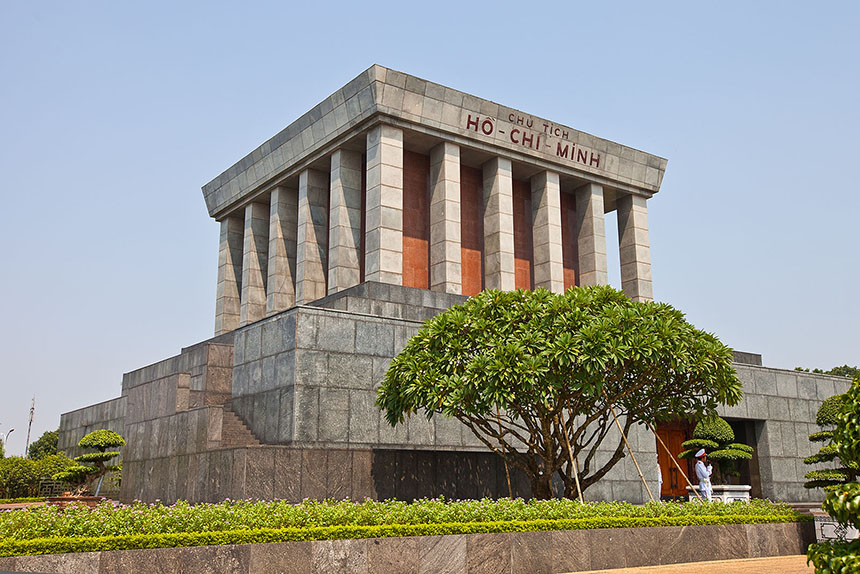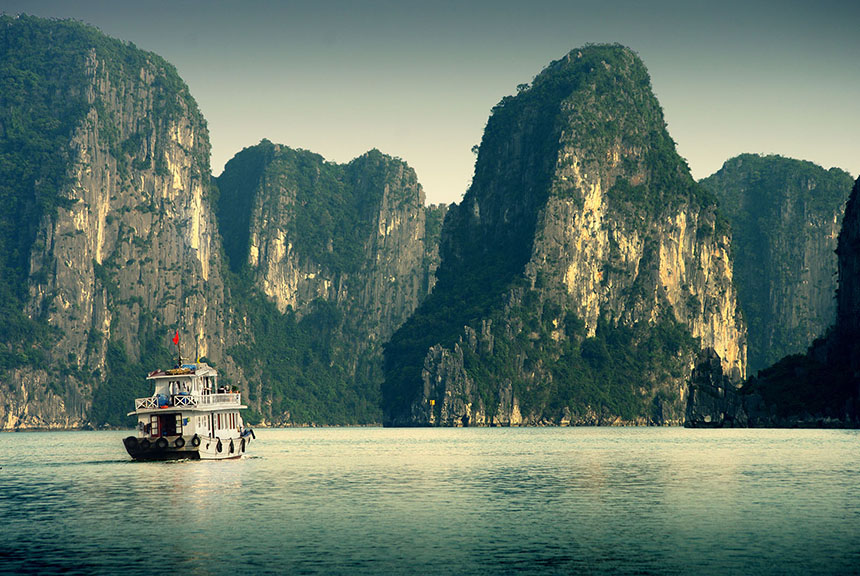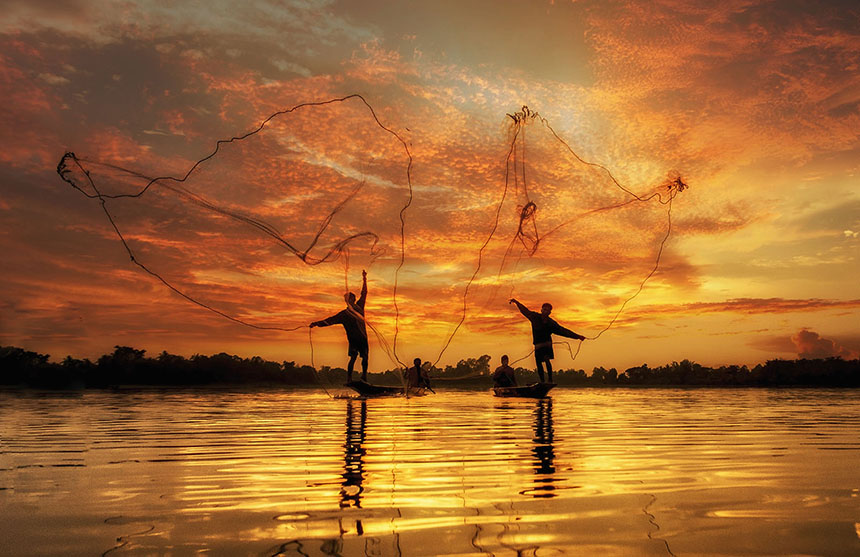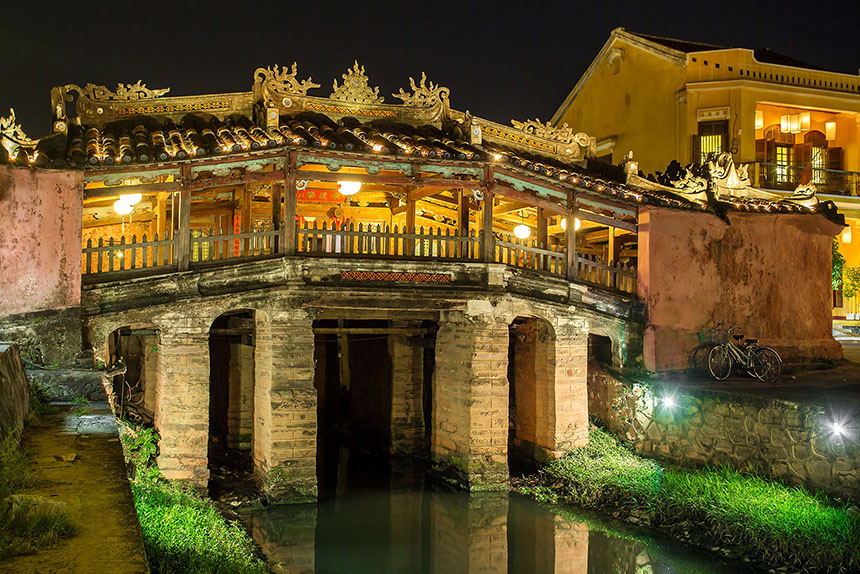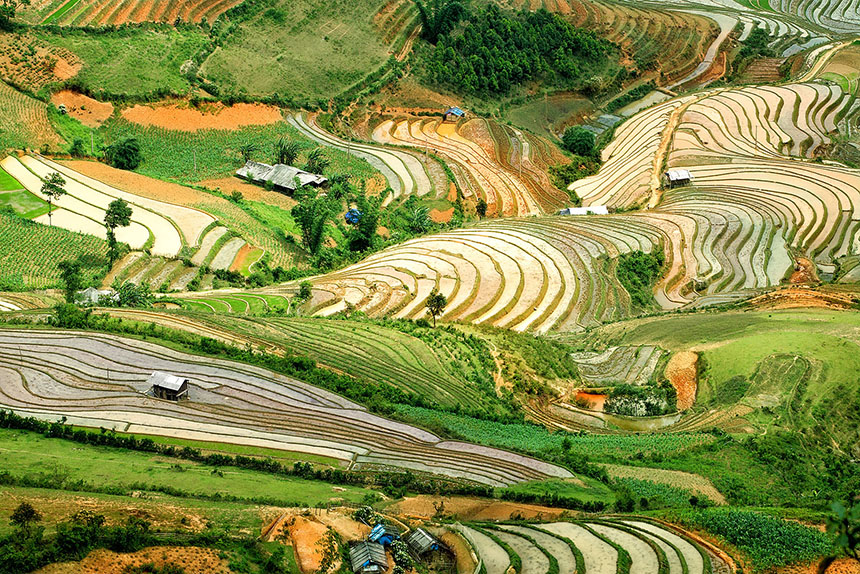Ha Noi
Hanoi is the country’s largest city, with a population of just over 7 million. It was considered one of the most important cities of the region in the Middle Ages building the first university in the country and classical temples from the Chinese domination period. Currently, rides through the streets evoke French colonialism, interspersed with large communist constructions surrounded by huge lakes and the Red River.
Halong Bay
Halong Bay means: the dragon that came down to the sea… There is an old legend which says that a dragon jumped into the water, falling wagged his tail and struck the earth causing this deep valleys and crevices… Legend says that the dragon is living at the bottom of the bay. It was declared a World Heritage Site by Unesco in 1994. It is also one of the seven natural wonders of the world since November 2011.
Hue
Former imperial capital, where its citadel was similar in size and style to its homonymous of Beijing, currently retaining different places which have been considered a World Heritage Site by the UNESCO, primarily by monuments, like the mausoleum Khai Dhin or the enclosure in which are located the tombs of King Thu Duc.
Hoi An
Located along the Thu Bon River to the South China Sea, the ancient ‘’Faifo’’, like the French and Spanish called it, was considered one of the most important ports throughout Southeast Asia during the 16th and 17th centuries. This attraction, led to many Japanese, Chinese and other nearby countries to settle in what is now known as its old town, also considered a World Heritage Site by UNESCO, due to the large houses, temples and streets that remain from that commercial era.
Saigon
Always associated with the war, Saigon was the name chosen by the Vietnamese to call the city of Khmer Preah Nokor which had the most important port of the Kingdom Khmer (now Cambodia), after its annexation to Vietnam during the 17th century. Later, after being the capital of the region of Cohinchina and South Vietnam following the war in Indochina, and the final union of Vietnam, the city was renamed as Ho Chi Minh City in honor to the ideological leader that led the country to the independence, and to the system which rules today. The city still retains its commercial importance, and in many commercial aspects, is even more important than the capital of the country.
Sapa
Sapa is town and district in the province of Lao Chai in the northwest border of Vietnam. It is one of the main market towns in the area where ethnic groups like the Hmong, the Dzao and Tay live. The access to this mountainous area includes an overnight train from Hanoi to Lao Cai. The visits in the area are designed to hiking and to meeting ethnic minorities that live in the different surrounding valleys. A new road from Hanoi to Sapa has been opened in 2014 and it is posible to reach this area by car in around 5 hours.






